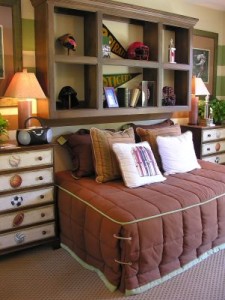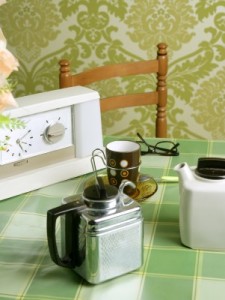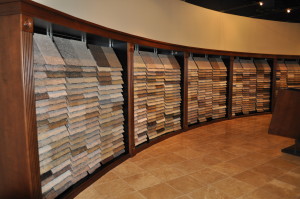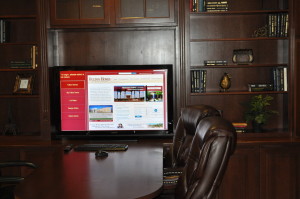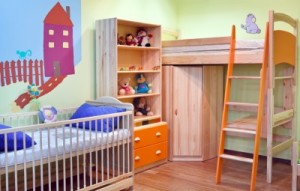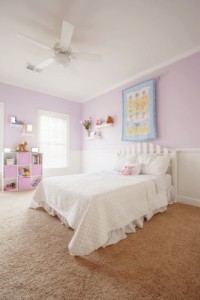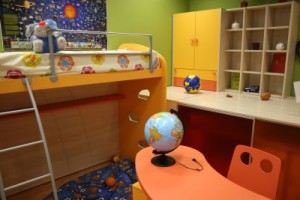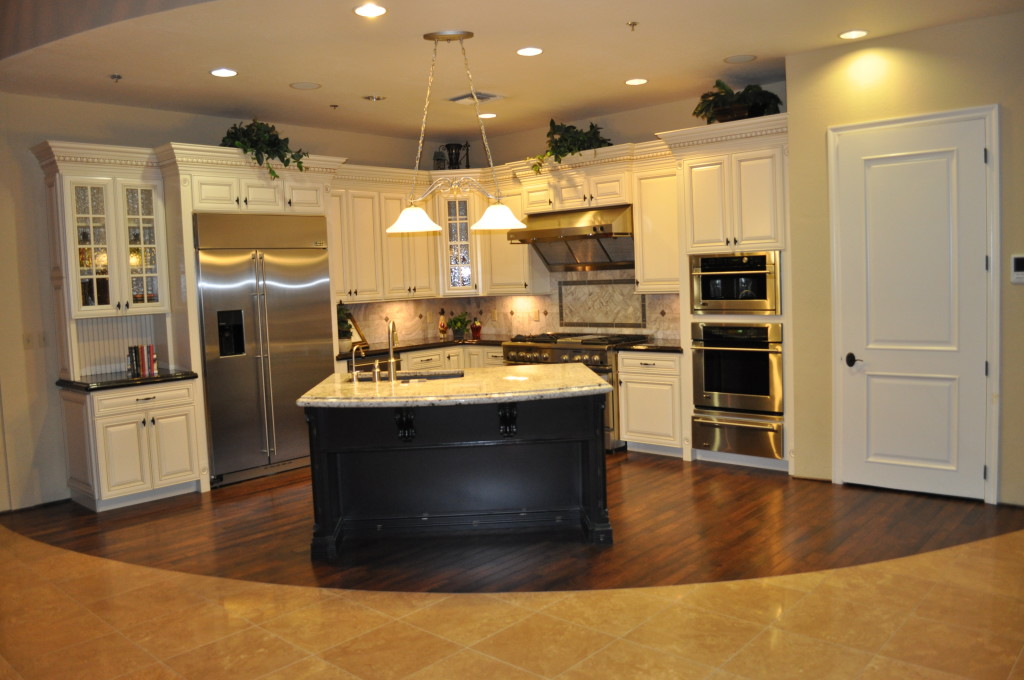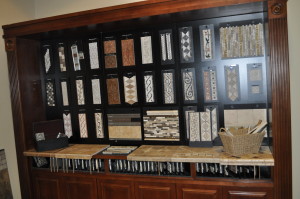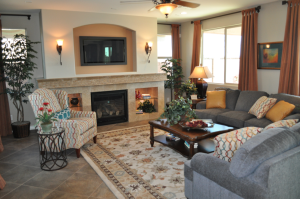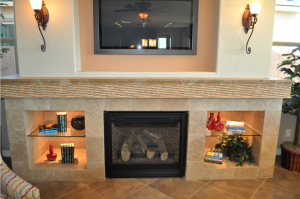 Want to stay in shape? Dream of writing a novel? Looking to walk away from the donuts and eat more healthfully? You’re more likely to reach your goals if you design your home with those goals in mind.
Want to stay in shape? Dream of writing a novel? Looking to walk away from the donuts and eat more healthfully? You’re more likely to reach your goals if you design your home with those goals in mind.
An extra bedroom could become your home gym. Try out various pieces of gym equipment to help you select what you will enjoy using. Add a small television and DVD player to play exercise videos and vary your routine. Put your scale and a measuring tape in the room and maybe a calendar where you can record your progress. If you don’t have a spare bedroom, consider a corner of your family room or bedroom.
Even without a home office, you can choose a place to keep your laptop available for writing projects. Choose a spot in your kitchen or bedroom to set up a writing space. Plan your novel using post-it notes on any large expanse of wall – writing plot points on each note and arranging them in the order that works for you.
 Studies show that people are much more successful at reaching their goals if they are written down. Do you have a spot in your home that you walk past every morning? How about putting together a list of your top three goals and posting them so you see them every day?
Studies show that people are much more successful at reaching their goals if they are written down. Do you have a spot in your home that you walk past every morning? How about putting together a list of your top three goals and posting them so you see them every day?
Are there any special images or symbols that will help you keep reaching for your goals? How about a photo of a time when you were in great shape, or a sample of your last successful project? You can create your own “trophy case of the future,” by setting up a spot with reminders that keep you focused on everything that you want to accomplish.


